From Trayvon Martin to George Floyd: A Timeline of Major Events That Map the Growth of the Black Lives Matter Movement
July 13, 2013: Trayvon Martin’s killer, George Zimmerman, was acquitted. This prompted Alicia Garza, Patrisse Cullors, and Opal Tometi to start the Black Lives Matter Movement with the hashtag #BlackLivesMatter. The movement would gain traction and spark the creation of a global network that fights for justice and equality for all black communities.
July 17, 2014: Daniel Pantaleo, a New York City police officer, puts 43-year-old Eric Garner in a chokehold, killing him. Video footage of the moment shows Garner struggling for air while saying “I can’t breathe.” Pantaleo was never charged for the murder, leading to protests in New York. The phrase “I can’t breathe” has since been echoed by many activists involved in the movement. Furthermore, at least 70 other people have died saying those words while in police custody, including George Floyd. In June 2020, New York passed the Eric Garner Anti-Chokehold Act, which criminalizes police use of chokeholds that injure or kill people.
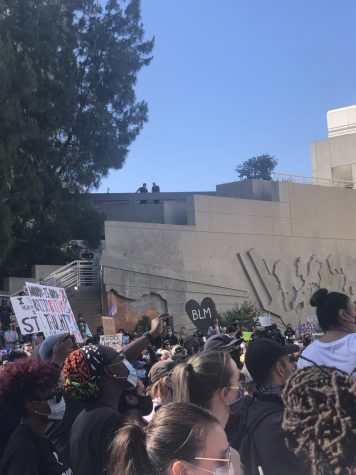
August 9, 2014: On August 9, Officer Darren Wilson shoots unarmed 18-year-old Michael Brown in Ferguson, Missouri. Wilson approached Michael Brown because he was a robbery suspect and shot him within 3 minutes. Darren Wilson was not charged. There are many different accounts of what actually happened when Brown was shot. Some people have said that Brown had his hands in the air and said “don’t shoot” before he was shot and others have said otherwise. Although it has not been proven that Brown actually said this before being killed, the phrase “Hands up, don’t shoot” became a slogan that symbolizes police brutality. Many protesters have used this slogan and also the hand gesture in protests for Black Lives Matter.
July 13, 2015: 28-year-old Sandra Bland was found hanged in Texas in a jail cell. Bland had been pulled over by State Trooper Brian Encinia on July 10, 2015, because she did not signal a lane change. Encinia was not convicted of a crime, and Bland’s cause of death was declared to be a suicide. In 2017, Texas Gov. Greg Abbott signed The Sandra Bland Act into law. The Act mandates county jails divert people with mental health and substance abuse issues toward treatment and requires that independent law enforcement agencies investigate jail deaths. However, the Bland family said the bill was a “missed opportunity” because the act does not address the root cause of her arrest. The Act was originally going to address racial profiling during traffic stops, ban police from stopping drivers on traffic violations as a pretext to investigate other potential crimes, limit police searches of vehicles, and address other jail and policing reforms. When the act was passed, most of the policing restrictions opposed by police groups had been removed from the legislation. Recently, petitions have been created to have her case reopened due to her cell phone video of the incident with Encinia becoming available to the public in 2019.
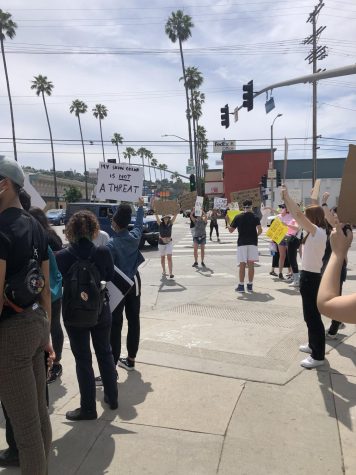
August 30, 2019: 23-year-old Elijah McClain was walking home from a convenience store in Aurora, Colorado, when police, who had been responding to reports of a “sketchy looking” individual, attempted to arrest him. They rendered him unconscious with a chokehold, and when paramedics arrived he was administered ketamine as a sedative. McClain went into cardiac arrest on the way to the hospital and died a few days later. On June 27, 2020, a largely peaceful protest was held in Aurora in his honor. On August 11, 2020, it was announced that the practices of the Aurora police department were under investigation, and that the City Council had voted to launch an investigation into his death. On the same day news of the investigation was released, McClain’s family announced that they were filing a lawsuit against the city.
February 23, 2020: Ahmaud Arbery was pursued and killed by Gregory McMichael and Travis McMichael while he was out jogging in a Georgia neighborhood. The McMichaels were not arrested until June, officials citing that there had been insufficient probable cause to arrest them, as they were not visibly violating any Georgia laws in a video taken by a third suspect, William “Roddie” Bryan. Arbery’s legal defenders say that neither of the McMichaels had any reason to utilize Georgia’s self-defense law and that they were the aggressors. As of August 2020, the case is still ongoing.
March 13, 2020: Police officers Jonathan Mattingly, Brett Hankison, and Myles Cosgrove, using a so-called “no-knock” warrant that allows the police to forcibly enter people’s homes to search them without warning, entered the apartment of 26-year-old Breonna Taylor. Taylor and her boyfriend, Kenneth Walker, believed they were being burglarized, and Walker fired a shot at the officers with his legally-owned gun. In response, the officers fired upon the couple, hitting Taylor at least eight times. The three police officers still have not been charged with her death, and activists are protesting for a ban of no-knock warrants, and for the police who killed her to be fired and arrested.
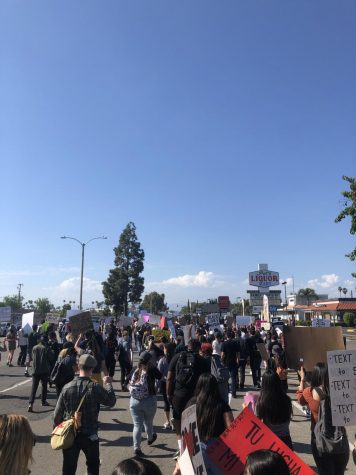
May 25, 2020: George Floyd was killed by officer Derek Chauvin while he was being arrested for trying to use a counterfeit bill. Three other officers, Tou Thao, Alex Keung, and Thomas Kiernan Lane, stood by while Chauvin held Floyd in a chokehold. Chauvin was eventually arrested and charged with second-degree murder, while Thao, Keung, and Lane have been charged with aiding and abetting in the death of George Floyd.
May 27, 2020: Protests erupt across the United States over the killings of George Floyd, Breonna Taylor, and other black lives taken by police officers.
June 2020: Protests continue. Some turn into violent riots and looting, but many remain peaceful across the United States.
July 2020: Protests continue across the country. President Trump begins sending federal troops into Portland, where protestors are attacked by the troops, with some being taken away into unmarked vans. In late July an agreement was reached to begin withdrawing troops from Portland.
August 23, 2020: 29-year-old Jacob Blake was shot in the back seven times in front of his children by police officer Rusten Sheskey in Kenosha, Wisconsin. The police had received a call from Blake’s girlfriend who said that Blake “was not supposed to be on the premises” and that he took her keys and did not leave. When police arrived they tased Blake and tried to arrest him. After this initial struggle, Blake allegedly walked around his car, where his children were sitting in the backseat, and opened the driver’s side door. He was then shot by Sheskey from a close range. Blake later stated that he had had a knife in his possession at the time, but it is unknown whether he had intended to use it. Blake is currently being hospitalized and is suffering from serious injuries to internal organs, as well as being paralyzed from the waist down.
Protests broke out in Kenosha, with many becoming violent. A 17-year old named Kyle Rittenhouse, whose social media accounts indicate that he supports police officers and President Trump, was charged with homicide after killing two protestors and wounding a third. On August 25th, Blake’s family called for Officer Sheskey to be arrested and for the violent protests to cease.
September 2020: Though not quite as publicized as they had been in June, protests are still continuing across the country. Protestors are still fighting for an end to police brutality, for the reformation of a racist justice system, for the restoration of the Voting Rights Act of 1965, and for all injustices against the black community to end in the United States.
*Disclaimer: Though this timeline covers some of the major incidents related to the Black Lives Matter Movement, it does not cover everything, nor does it give an extensively detailed description of the events documented here. We encourage you to do some more research on the movement and take action to be a part of the change.
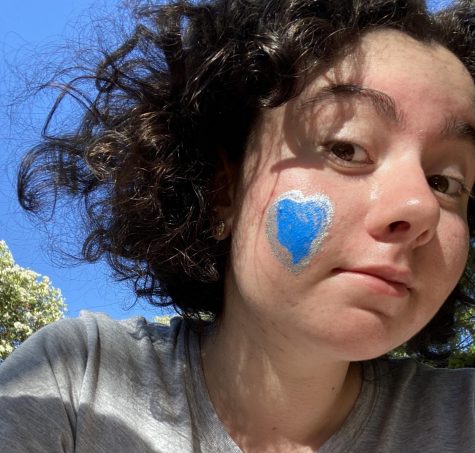
Esme Chiara is a rising senior at Mayfield Senior School and the Co-Editor-In-Chief of News and Features. A member of the Mayfield Crier since her sophomore...
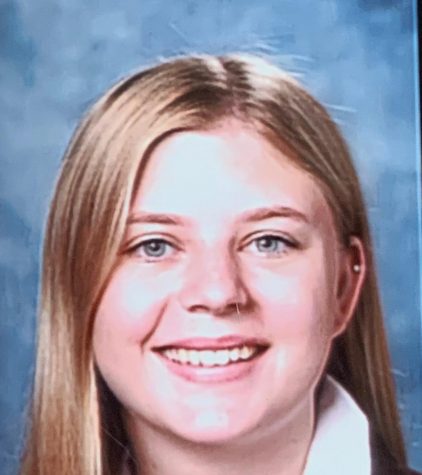
Anna Ochniak is currently a senior at Mayfield Senior School. She is the Photography Editor and a Staff Writer for the Mayfield Crier. Anna has been in...

